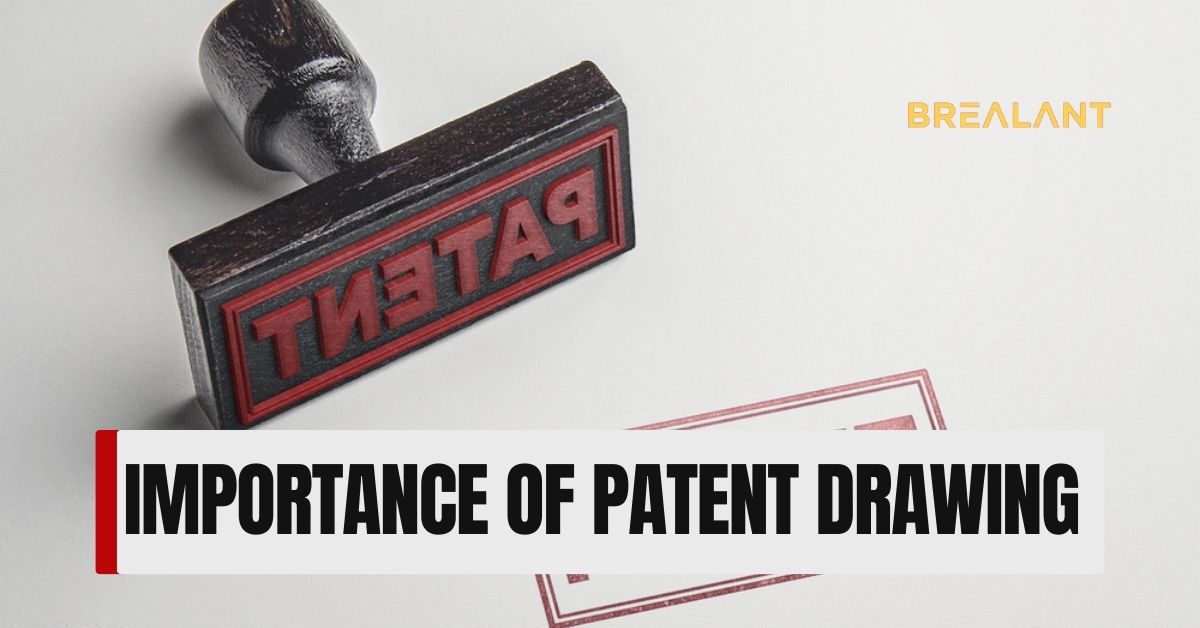

Are you an inventor? If so, chances are you have spent time creating a patent application. Patent drawings are drawn to illustrate the Invention in a way that is easy for potential judges to understand. Patent drawings are often very important in determining whether or not a patent will be granted.
A patent drawing is a two-dimensional drawing that accompanies a United States Patent application. It contains all the information necessary for the examiner to determine if the claimed invention is new, useful, and non-obvious.
A patent drawing should be clear and concise and include pertinent information such as the following:
Non-patent drawing attorneys often overlook the importance of patent drawings. If you have not created a clear and concise patent drawing, you may be setting yourself up for a legal battle. A poorly drawn patent could lead to your patent being invalidated. Here are some tips to help you create a quality patent drawing.
A patent drawing is a critical document in any patent prosecution. It is the first thing a court sees when reviewing your patent application. A well-executed, detailed, and easy-to-read patent drawing can show that you have taken the time to understand your Invention. With careful preparation and execution, your patent drawing will help to ensure that your patents are valid and enforceable.
The following are some key tips to help improve the accuracy of your patent drawings:
According to patent drawing regulations, the patent drawings and diagrams are typically employed to conform to the actual patent claims. These thorough patent applications must include superior schematics, sketches, and graphics to accomplish both main goals simultaneously. A top-notch illustration also makes conveying the Invention's unique characteristics and distinctions incredibly simple and easy. Additionally, it might make it easier and more efficient for you to satisfy the support requirements. Therefore, patent drawings are a necessary component of every patent.
A patent sketch serves as visual evidence for the Invention. Graphs, electrical signal waves, tables, chemical or mathematical calculations, and symbols may all be used, depending on the patent invention. Utility, mechanical, electrical, drawing-graph, drawing-exploded, perspective views, sectional views, schematics, and flowcharts are some of the drawing kinds that can be included in a patent.
As patent illustrations must demonstrate the claim of innovation and non-obviousness, they must be technically accurate and contain the tools necessary for high-quality illustrations. If they do, the application as a whole may be accepted. The quality of the illustration is crucial, not the quality of the instruments; it should be underlined. Furthermore, the patent illustration must meet the requirements the patent office sets to avoid being rejected.
This level of attention to detail is necessary in order to create a clear and concise drawing. If you are planning on filing a patent, it is important to have a well-drawn drawing that accurately represents your Invention.
Creating a patent drawing correctly is crucial to safeguarding your intellectual property rights. By providing a clear and detailed depiction of your Invention, you will make it more difficult for others to copy or steal it. And if someone does attempt to steal your idea, having a properly drawn patent will help you take legal action.
A patent drawing provides a detailed visual depiction of the Invention, making it easier for potential investors, collaborators, and customers to understand the Invention. This will also help you defend your intellectual property rights. If you want your company to stand out from your competitors, make sure your patent drawings look attractive and unique. For better advice, consult the professionals available at Brealant. Brealant is a recognized IP service provider firm that deals in IP security. The experts at Brealant will help you with legal requirements and help your company or Invention thrive commercially.